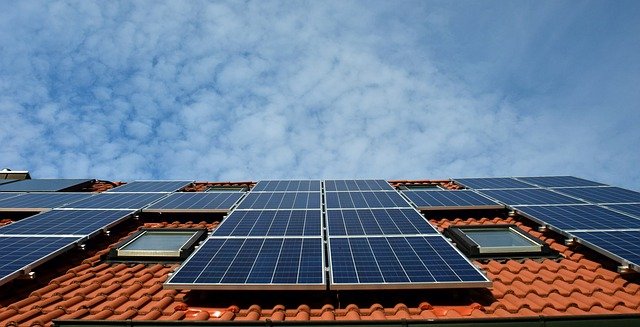If you are considering installing solar panels on your home, you may be wondering how much it will cost. Several factors go into installing solar panels in Brighton, including installation and maintenance costs. Let’s look at some of these costs in more detail. Keep reading to find out whether a solar panel system is worth your money!
Table of Contents
Installation costs
Solar panels can be expensive to install, but the benefits are many. They will lower your energy bills, leaving more cash in your business’s bank account. Additionally, solar installers offer monitoring software that lets you track energy production in real-time. With this monitoring software, you can track your savings and the environmental benefits your business will gain.
If you’re looking for the lowest installation costs possible, consider hiring a solar panel installer. Some solar installers offer free or low-cost installation, so there’s no need to pay extra. But be aware that the amount you generate depends on the location of your home and the sunlight it receives each day. You can estimate the cost by checking your monthly electricity bill. If you’re putting in solar panels for the first time, you’ll probably have higher energy bills than average.
As the cost of solar panels declines, they become more affordable for more people. Government support and other environment-related stakeholders have contributed to this decrease in expenses. Solar technology continues to improve, making them increasingly more affordable. You can expect the cost of solar panels to decrease even further, reducing the overall cost of solar systems.
Savings from solar
If you’re wondering how to maximize the savings from solar panels, you should keep a few things in mind. First of all, your savings will depend on the cost of local energy. Typically, higher energy costs and cloudy days will lead to faster payback. Second, your solar panels will generate excess energy, which you can feed back into your local power grid.
The energy cost has increased steadily over the past twenty years and is expected to continue rising. With this in mind, most households will benefit financially. Since the initial cost of a solar panel installation is $15,000-$25,000, you’ll be saving a great deal of money in the long run. Even after paying the installation fee, your monthly savings will average about $1,500. Although these savings will vary based on the size of your roof, sunlight exposure, and local energy rates, you can expect a significant reduction in your power bill. Once you break even, your solar panels will be a good investment.
Maintenance costs
Solar panels come with a warranty covering the cost of repairs or replacement parts in the event of a malfunction. Depending on the warranty, this may also include the panels’ wiring, monitoring and connection. Some warranties include cleaning and monitoring services, but these are not typically included in the warranty. Most installation companies also offer remote performance monitoring of the panels for an additional annual or one-time fee. While this service may seem expensive, it is well worth the money to keep your solar panels running at their peak.
Maintenance costs of solar panels are low compared to other renewable energy systems, and in many cases, the panels are free of mechanical parts. They require little maintenance and typically last for 25 years or more.
After the initial capital outlay, most solar panel systems are relatively low maintenance costs. Although the panels will need cleaning and replacement from time to time, there are also ongoing operating costs associated with the system. You will need to replace the batteries and inverters periodically. Looking into government and solar advocacy websites for financial incentives may be worthwhile. It is also a good idea to check with your utility company about any policies regarding grid interconnection and selling excess power back to the grid.
Financing options
Several financing options for solar panels include loans, leases, and purchase power agreements. The first option allows you to pay for solar power upfront, and the next is a lease, which will enable you to pay for the electricity produced by the solar panels, which is often cheaper than your utility bill. The third option is direct cash ownership, which involves obtaining a loan from a local bank or paying for the solar panels out of your pocket.
Also read: Simple Ideas To Enhance Your Swimming Pool Over The Summer
Another popular option for solar panel financing is a home equity loan. The equity in your home secures these loans, and most banks will approve up to $85,000 as collateral. Although they are more expensive than unsecured loans, secured loans often have better terms and lower interest rates. However, a loan backed by your home’s equity carries its own risk. If you default on the loan, your lender may foreclose on your home and sell the solar panels. If you want to know how much do solar panels cost in Brisbane, check it out!
Another option for solar panel financing involves peer-to-peer lending. These programs match borrowers with private investors and help them finance their solar projects without requiring large amounts of money upfront. They are also great for nonprofit organizations because they allow you to work toward full ownership of the solar system.
